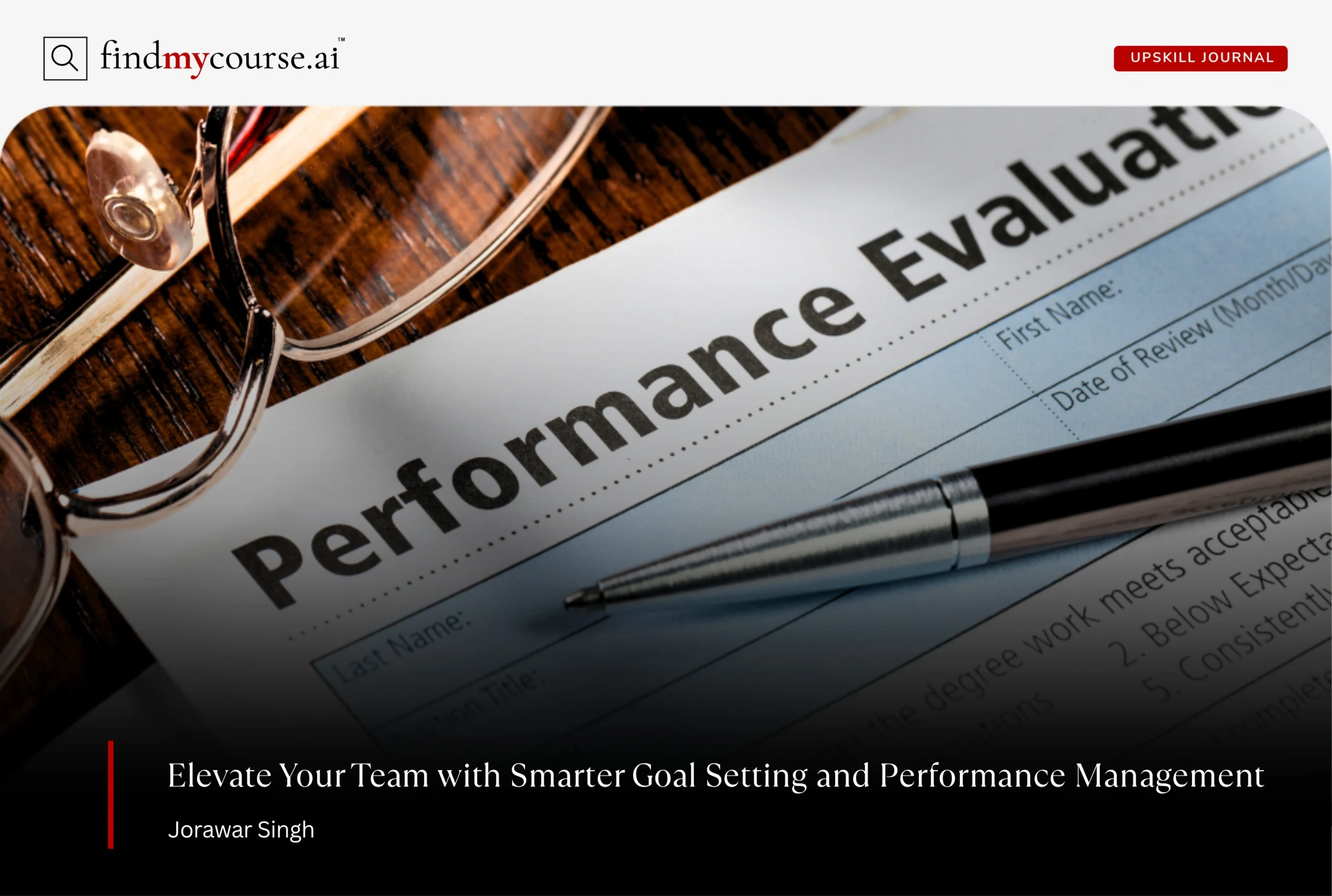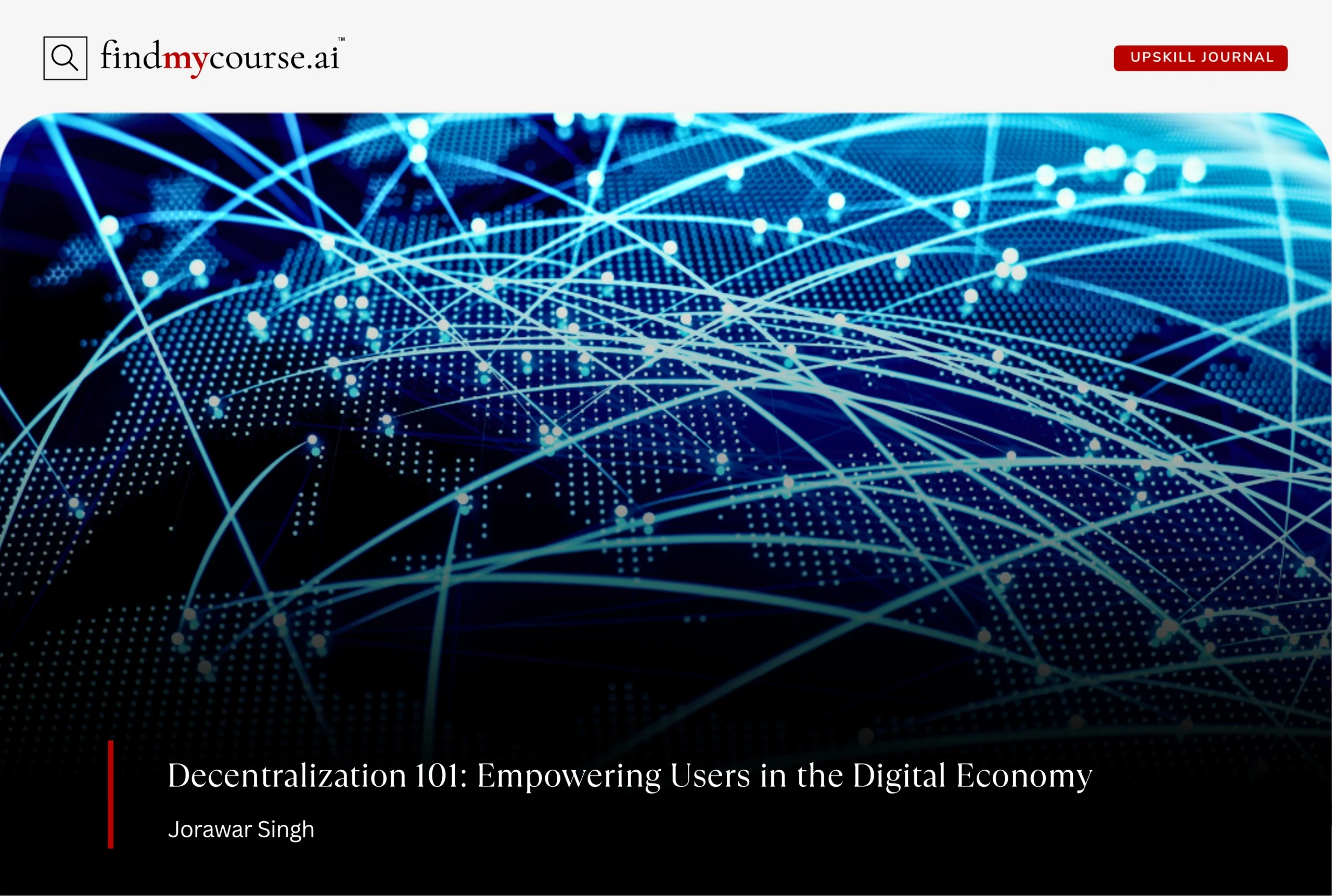In today’s fast-changing business landscape, goal setting and performance management have become the backbone of effective leadership. Managers who know how to set clear goals, track progress, and evaluate outcomes don’t just drive productivity—they build thriving, motivated teams. Whether you’re a seasoned leader or just beginning your management journey, learning how to align goals with performance evaluation is key to long-term success. More than ever, organizations are recognizing that developing these skills isn’t optional—it’s essential. This guide explores the art and science of goal setting and performance evaluation in management—what they are, why they matter, and how to use them to unlock potential across your organization.
The Power of Goal Setting in Modern Management
Goal setting isn’t just about creating a to-do list. It’s about defining a clear direction for individuals and teams, aligning their efforts with organizational objectives. When done right, it turns vision into measurable action.
In management, setting goals helps create structure and accountability. It ensures that everyone knows what success looks like and what milestones must be achieved along the way. A study by Harvard Business Review shows that employees with clearly defined goals are over 70% more likely to stay engaged and perform better than those without them.
Moreover, effective goal setting strengthens communication between managers and employees. It fosters trust, collaboration, and a shared sense of purpose. As a result, teams become more self-driven, creative, and adaptable—qualities that every organization needs in 2025’s dynamic market.
To set effective goals, managers often rely on the SMART framework:
- Specific: Define goals with clarity.
- Measurable: Identify indicators of success.
- Achievable: Set realistic expectations.
- Relevant: Align goals with broader business priorities.
- Time-bound: Establish clear deadlines.
When combined with open dialogue and ongoing feedback, SMART goals empower employees to take ownership of their growth and results.
Linking Goal Setting and Performance Management
At the heart of organizational success lies the strong connection between goal setting and performance management. The two processes complement each other—goals define where you’re headed, while performance management ensures you’re on the right track.
Modern performance management is no longer about annual reviews and rigid evaluation forms. It’s a continuous cycle of feedback, reflection, and improvement. By aligning individual goals with team and company objectives, managers can create a system that encourages accountability and continuous development.
For instance, if a marketing manager’s goal is to “increase lead conversion by 15%,” performance management ensures regular check-ins, progress assessments, and resource adjustments to support that goal. This cycle not only improves performance evaluation accuracy but also builds a culture of learning and growth.
Moreover, incorporating technology—like AI-driven analytics and digital dashboards—has revolutionized the process. These tools help managers track progress in real time, identify performance gaps, and make data-informed decisions that foster improvement.
In 2025, organizations that master this alignment are seeing up to 40% higher employee engagement rates and stronger overall productivity.
The Role of Performance Evaluation in Employee Growth
Performance evaluation serves as the mirror that reflects both achievements and opportunities for improvement. When conducted effectively, it’s not about criticism—it’s about growth.
Regular, fair, and transparent evaluations allow managers to:
- Recognize outstanding performance.
- Identify skill gaps and training needs.
- Align rewards with measurable outcomes.
- Encourage open communication about challenges and expectations.
The best performance evaluations focus on constructive feedback and collaboration. They invite employees into the conversation, fostering mutual understanding and shared accountability. Rather than being a once-a-year formality, they become opportunities for mentorship and motivation.
Moreover, in today’s hybrid work culture, performance evaluation practices are adapting to include emotional intelligence, adaptability, and collaboration as critical performance metrics—not just output or hours worked. This holistic approach ensures that employees are valued for their overall contribution, not just their numbers.
How to Create a Culture of Continuous Improvement
Building a culture where goal setting and performance management thrive requires consistency, transparency, and empathy. It starts with leaders modeling the behaviors they expect from their teams.
Here are actionable strategies to build this culture:
1. Set goals collaboratively.
When employees are involved in defining their goals, they feel a sense of ownership. This engagement enhances motivation and accountability.
2. Provide continuous feedback.
Don’t wait for annual reviews. Regular feedback sessions—whether monthly or quarterly—allow for timely adjustments and keep performance on track.
3. Recognize effort, not just outcomes.
Acknowledging progress motivates employees to stay committed even when results take time. Recognition also strengthens morale and trust.
4. Encourage ongoing learning.
Link performance evaluation outcomes to professional development opportunities. Provide access to training programs, mentoring, and cross-functional projects that enable growth.
5. Use technology to streamline processes.
Digital tools can help automate feedback collection, track goals, and visualize performance trends. This frees up managers to focus more on people and less on paperwork.
When these principles are practiced consistently, performance management evolves into a system of empowerment—not enforcement.
Measuring Success: From Evaluation to Empowerment
The ultimate goal of performance management is not to control but to empower. It’s about helping employees see how their contributions impact organizational success and how they can continually improve.
Effective performance evaluation should inspire reflection and action. Managers can use insights from evaluations to redesign workflows, set more strategic goals, and identify training programs that boost individual and team performance.
Furthermore, connecting evaluation results with rewards and recognition reinforces positive behavior. Whether through promotions, bonuses, or public acknowledgment, recognition drives engagement and loyalty.
Most importantly, the process should always lead back to development. Employees should walk away from evaluations with a clear understanding of where they stand, what’s expected next, and what support they’ll receive to achieve those goals.
As organizations embrace flexible work models and global collaboration, these principles become even more essential. Goal setting and performance management serve as the compass guiding teams through uncertainty toward continuous improvement and shared achievement.
Conclusion: Turning Goals into Growth
In essence, goal setting and performance management form the backbone of effective leadership. When combined with meaningful performance evaluation, they turn ambition into measurable achievement. Managers who master these skills cultivate teams that are not just productive but inspired—driven by clarity, purpose, and growth. In 2025, as organizations continue to evolve, success will belong to those who can blend structure with empathy, data with dialogue, and goals with genuine human connection.
When you lead with intention, evaluate with fairness, and learn continuously, performance management becomes more than a business process—it becomes a culture of excellence.


